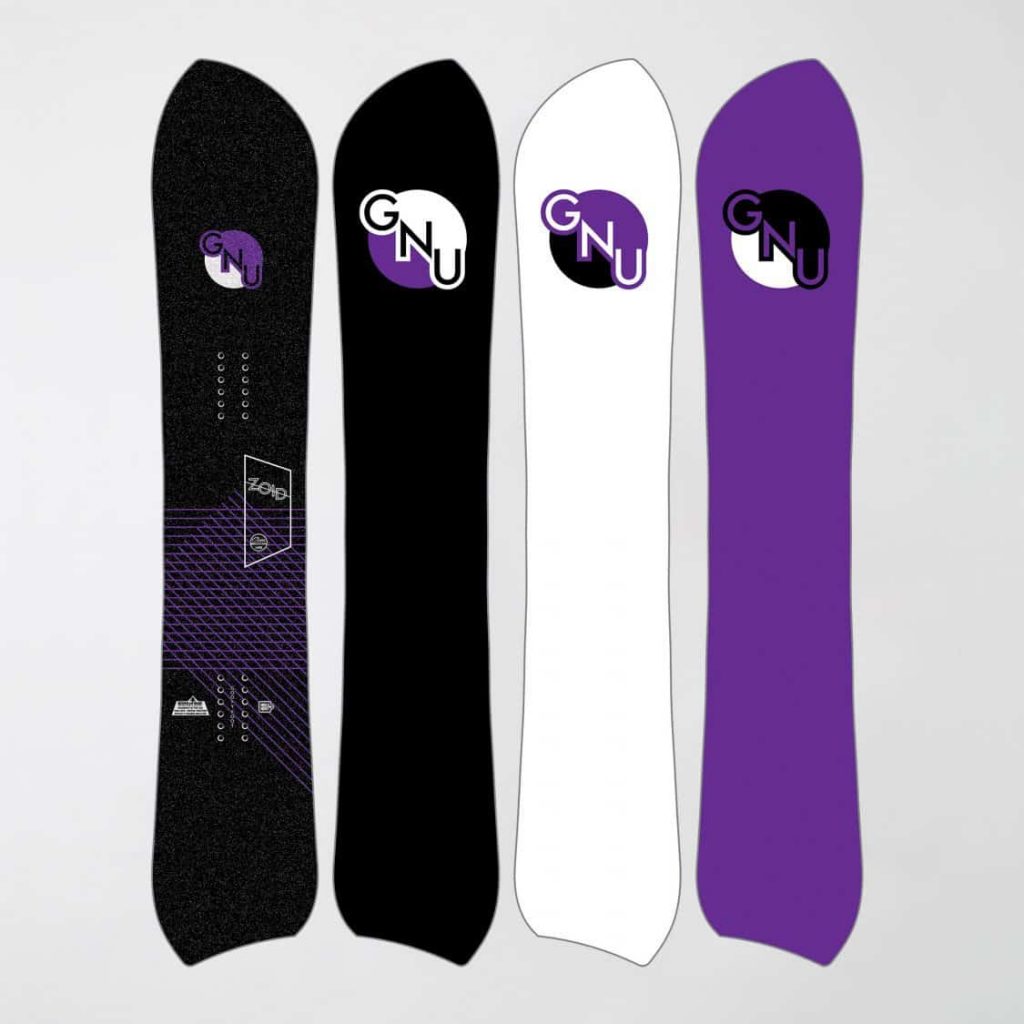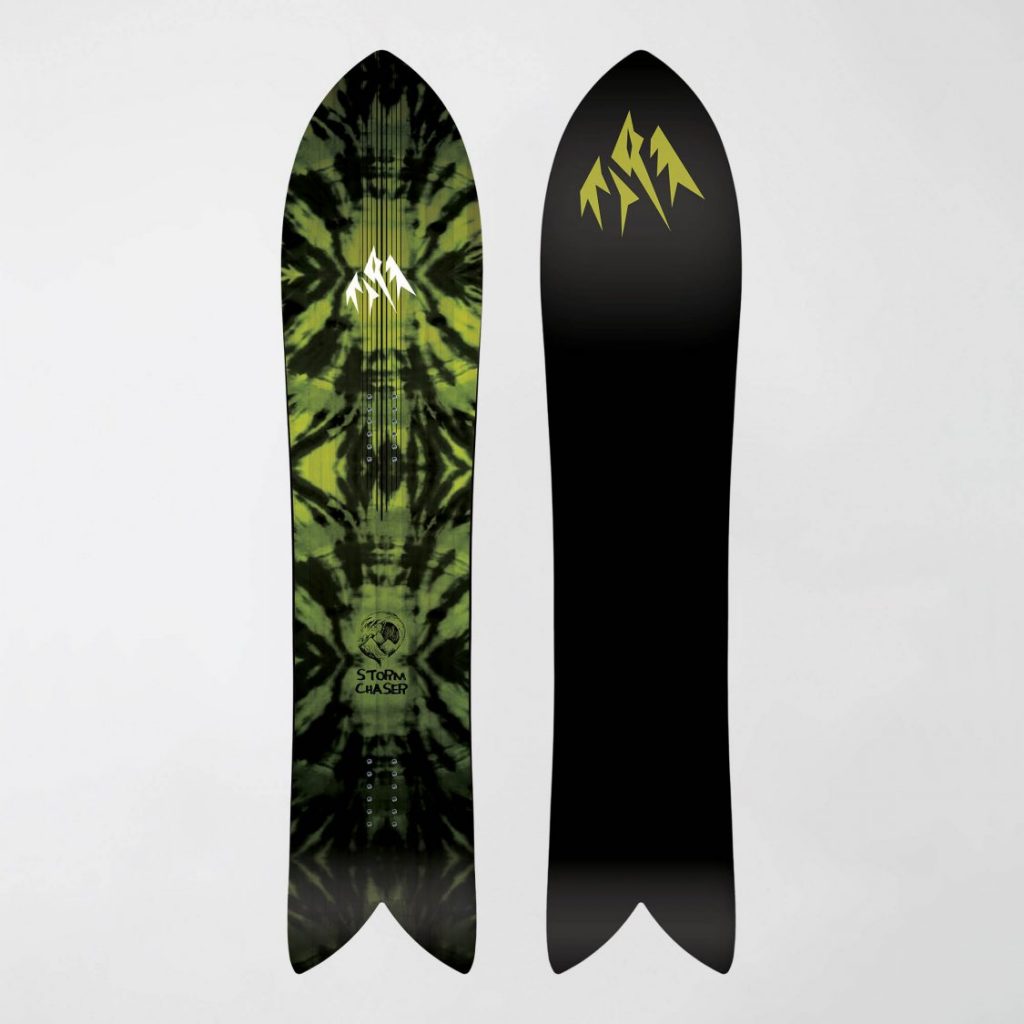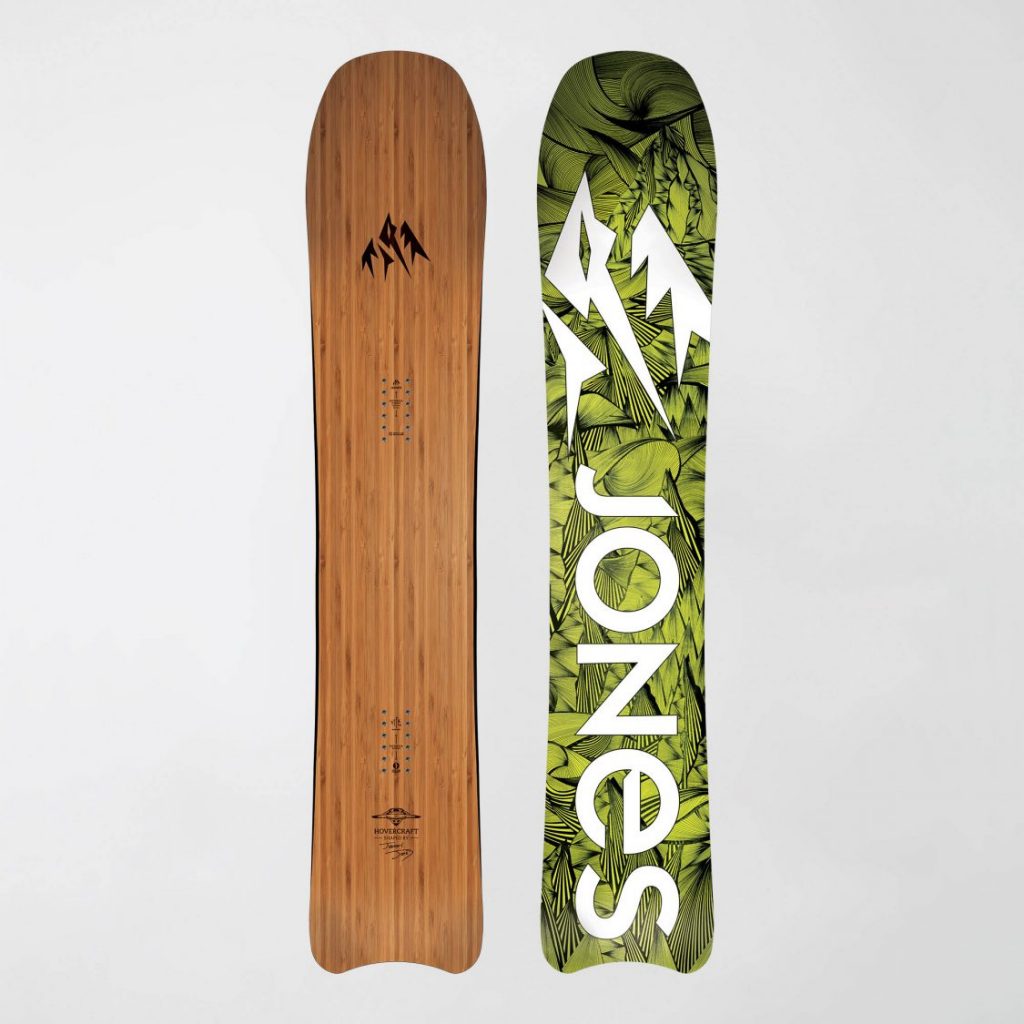My stance on stance
Your stance on your snowboard should be dictated by your body, your riding style and your personal preferences. However I believe that there are some misconceptions about stance that I will bring up here.
The preferred stance of most snowboarders is as much a result of the current fashion in snowboarding as it is their own choice. For example: about ten years ago people thought that you looked like a geek if you didn’t ride the widest possible stance on your board. Some snowboarders couldn’t ride certain brands because their boards didn’t allow for a 64cm (25,2”) stance. Everyone claimed that particular stance to be their own choice and what felt best for them as well as being really good for allround riding. After the “wide stance era” the pendulum swung back the other way and suddenly everyone preferred a tight stance, making it nearly impossible to bend your knees, but it got you that tight pants rocker skater look. Of course everyone claimed that they had their own individual stance and that their choice wasn’t a consequence of trends or fashion. Besides, tight stance is a really allround stance that works for everything! Nowadays most snowboarders don’t go past 59cm (23”) and almost everyone thinks that Shaun White has too wide of a stance and that it looks weird.
Here is a video of me from 2008 with what, at the time, wasn’t considered a wide stance. I think I had another spare 5cm worth of stance on that board!
Looks pretty wide to me in today’s context.
The preferred binding angles also changes with fashion, although it seems like the space for personal preference seems to be a bit wider here. In the glory days of halfpipe riding, around 2000-2004, most riders adopted a square or slightly positive angle on the back foot, with the front foot being fairly forward pointing with angles of around 21-24 degrees. When rail riding and park riding became more popular and park boards became synonymous with “true twin” snowboards most people felt the urge to have a duck stance, in order to make their switch riding as good as their normal stance, of course. Even people who rarely rode switch needed a twin board with a twin stance, because that’s what everyone rode. The duck stance is to this day the most widely adopted stance with 15, -15 degrees being perhaps the most common set-up.
The case in favor of a duck stance
Standing about shoulder width apart, pointing your toes a bit outward and bending your knees, while keeping your weight distributed equally on both feet puts you in an “athletic position” or “athletic stance”. This stance is widely used and teached throughout a variety of sports. The point of this stance is putting you in a position where you are ready to react to changes in the game and move whichever way needed. For example: tennis players waiting for a serve or a basketball player in defense mode, or just how most people stand when performing a heavy squat. When we use the duck stance on a snowboard we are in a strong position biomechanically and are “ready” to ride both goofy and regular, without feeling that we are backing up when riding switch.
Great! Everyone should ride with duck stance right?
It’s not that simple unfortunately.
Most sports adopting this stance are sports that are performed on feet where a change of direction needs to be made in a split second. When snowboarding you seldom need to start riding switch all of a sudden. Most of the time it’s a choice made by you in order to make your riding more varied. Being able to keep riding the way you do is much more stable than switching around all of a sudden, even if it is good to be able to ride well both goofy and regular if a situation like that should occur.
Another thing that sets us boarders apart from other sports is that we perform our sport standing sideways. Most sports and games performed on feet are performed with your chest facing the way you want to go, with some exceptions of course. Pointing our bodies in the direction we perform our sport is harder with a duck stance since your back foot is always turned away from the direction you are riding. This makes us a bit less agile and smooth in our riding.
A duck stance aren’t as good to carve with as a stance with positive angles on both feet. This is because you can’t use your hips as much to tilt your board and create pressure on the board’s edges. This problem is most evident on the heelside turn. This is why alpine snowboarders have positive degrees on both of their bindings, to make the toeside turn and the heelside turn more alike. What they sacrifice with their bindings being pointed a lot forward is stability.
In conclusion: Duck stance is stable and strong but less agile. It is a compromise to make it easier riding both ways.
Why did you do that?
I have a feeling that the duck stance have become the standard, go-to, stance for snowboarders even though they rarely ride switch or even have a board that is not made for riding switch.
Pictures from http://www.inlandet.se
I like the trend in snowboarding that has been going on some years with manufacturers experimenting with different board shapes and sizes and are moving away from having twelve different park boards in their lineup. However when I see these boards ridden at resorts they often are set up with a standard 15, -15 stance. This makes no sense at all! Firstly, these boards aren’t even made to be ridden switch, some don’t even have a tail to speak of. And secondly, if you ride switch you do it a fraction of the time you spend riding, do you even need to compromise to make it feel better?
(Most people who think they ride a lot switch probably rides 80% their natural way)
Compromising means that you give up something to make something else a bit better. It won’t be ideal for anything but it also wont straight up suck for anything either. If you have a super directional board and put a twin stance on it, you compromise your ability to turn efficiently and wont’t get as much out of the board as you could have. If you buy a board to carve with or to ride pow with, why wouldn’t you put a stance on there that makes the board perform well when carving, or that makes you more agile while slashing between trees?
If you have a race car you don’t put mud tires on it “just in case”.
Your stance isn’t perfect for you
Many snowboarders seem to think that the stance they have chosen is the one best suited for them in all conditions. This is simply not true. Yes, if you have ridden a stance for a long while it might feel odd to change it and you might feel really comfortable riding everything with it. But it isn’t perfect for anything if you have a symmetrical duck stance. It is as “perfect” for you as the 64cm stances was for everyone ten years back.
Think about it like this: If you have the ability to change your performance to the better in less than five minutes (the time it takes to change your stance set-up), why wouldn’t you do it?
When it has dumped a meter of snow, why wouldn’t you take your powder board? Or if you have one snowboard: Why wouldn’t you set back your bindnings and go with a more directional stance?
As snowboarders we have a really good opportunity to change our set-up on the fly. We can make it suit a more park-oriented riding style where we compromise some performance to be able to ride switch more comfortably, and we can change our set-up to make monster carves, just by doing a bit of screwing.
Experiment and become a better snowboarder
I understand that it is a hassle to change your stance all the time but I think you should do it at least once in a while to become more comfortable with different stances. This will not only give you the opportunity to move in different ways on your snowboard, but it will also make it feel good switching stance for a given purpose. “Now it’s carving time, so I’ll bring out my carving stance”.
Be creative, not only with your riding, but also with your equipment and reap the benefits of being a more allround snowboarder.
Side note:
I read or heard an interview with Scotty Wittlake once where he talked about stance and why having a positive angle on the back foot gives you the ability to do better methods. I can’t find it, but if anyone knows which one it is, please point me in the right direction
Anyway, Scotty is right. Stiff boots and duck stance is not a perfect set-up for a method which is why a lot of snowboarders perform the method differently than their forefathers. If you want to get that old school Chris Roach style of “grasser” method with a straighter back leg you will struggle if you have stiff boots, and duck stance. If you want to tweak with ease, you’ll have to either untie your boots or put your back binding a bit more forward pointing to be able to kick the back leg out more. Or just have a knee that bends sideways, that works too.



